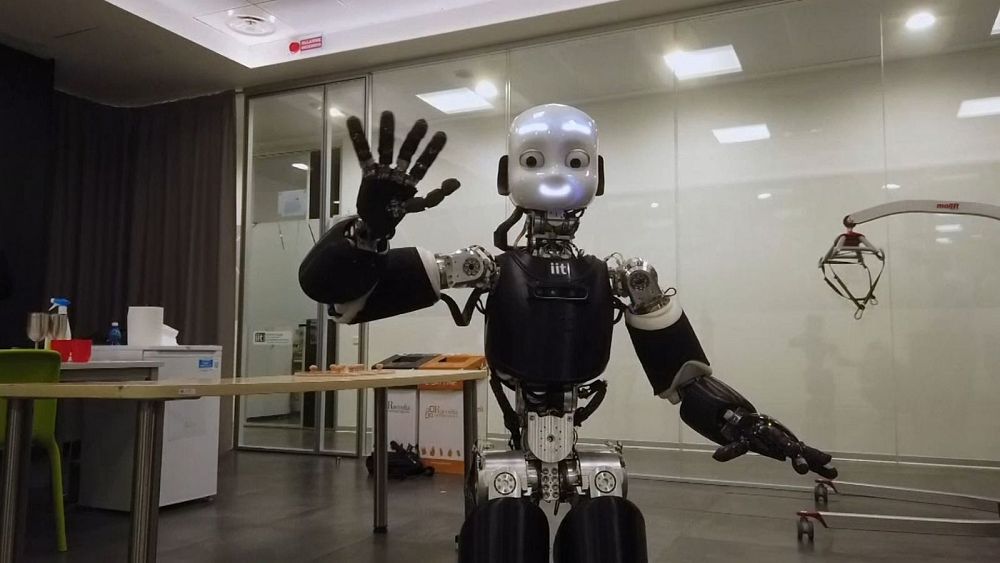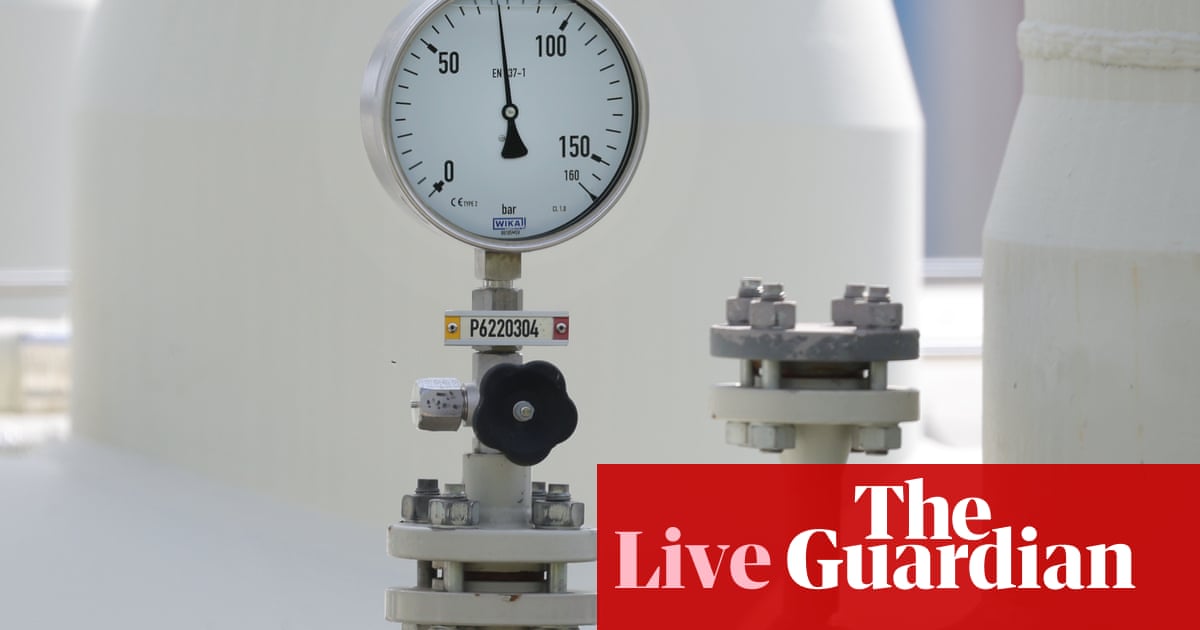We use some essential cookies to make this website work.
We’d like to set additional cookies to understand how you use GOV.UK, remember your settings and improve government services.
We also use cookies set by other sites to help us deliver content from their services.
You can change your cookie settings at any time.
Departments, agencies and public bodies
News stories, speeches, letters and notices
Detailed guidance, regulations and rules
Reports, analysis and official statistics
Consultations and strategy
Data, Freedom of Information releases and corporate reports
Published 10 June 2022

© Crown copyright 2022
This publication is licensed under the terms of the Open Government Licence v3.0 except where otherwise stated. To view this licence, visit nationalarchives.gov.uk/doc/open-government-licence/version/3 or write to the Information Policy Team, The National Archives, Kew, London TW9 4DU, or email: psi@nationalarchives.gov.uk.
Where we have identified any third party copyright information you will need to obtain permission from the copyright holders concerned.
This publication is available at https://www.gov.uk/government/publications/vaccine-update-issue-330-june-2022-covid-19-spring-special-edition/vaccine-update-issue-330-june-2022-covid-19-spring-special-edition
Thank you to all the vaccinators, vaccinees, and all of the teams working so hard to give the coronavirus (COVID-19) vaccinations – every one is a great step forward.
It’s been over one year and 5 months since the COVID-19 vaccination programme started across the UK. Since 8 December 2020, when Margaret Keenan became the first person in the world to receive her first vaccine there have been more than 148 million vaccinations given across the country.
We are seeing good uptake of COVID-19 spring booster vaccinations which are being offered to people aged over 75, adult care home residents and individuals aged 12 and over who are immunosuppressed. We really want to encourage anyone eligible who has not yet come forward to have their vaccines to make an appointment. Having positive vaccination conversations and signposting to trusted sources on information can help to address any concerns and build confidence to then take up the offer.
Dr Mary Ramsay, Director of Public Health Programmes, including Immunisation, UK Health Security Agency (UKHSA) said:
The continuing decline in case rates and hospitalisations is good news but it is still crucial to get vaccination. If you have yet to take up the offer of a vaccine or have missed your latest jab please come forward now.
If you are in a crowded, enclosed space it is still sensible to wear a face covering and remember to keep washing your hands regularly. If you have symptoms of a respiratory infection and a high temperature or feel unwell, try to stay at home or away from others – especially elderly or vulnerable people and pregnant women.
This issue of vaccine update focuses on all the new and revised resources published and the importance of the uptake of these resources to make sure everyone has their vaccination consent information, in a format which meets their needs. Thank you to everyone who has worked tirelessly to deliver this lifesaving programme.
The boosters would be for more vulnerable adults, alongside frontline social care and health workers, in order to maintain their protection over the winter against severe COVID-19.
As in autumn 2021, the primary objective of the 2022 autumn booster programme will be to increase population immunity and protection against severe COVID-19, specifically hospitalisation and death, over the winter period.
The Joint Committee on Vaccination and Immunisation’s (JCVI’s) current view is that in autumn 2022, a COVID-19 vaccine should be offered to:
Professor Wei Shen Lim, Chair of COVID-19 vaccination on the JCVI said:
Last year’s autumn booster vaccination programme provided excellent protection against severe COVID-19, including against the Omicron variant.
We have provided interim advice on an autumn booster programme for 2022 so that the NHS and care homes are able to start the necessary operational planning, to enable high levels of protection for more vulnerable individuals and frontline healthcare staff over next winter.
As we continue to review the scientific data, further updates to this advice will follow.
Throughout the pandemic, evidence has clearly shown that COVID-19 has disproportionately affected those in older age groups, residents in care homes for older adults, and those with certain underlying health conditions, particularly those who are severely immunosuppressed.
The JCVI will continue its ongoing review of the vaccination programme and the epidemiological situation, particularly in relation to the timing and value of doses for less vulnerable older adults and those in clinical risk groups ahead of autumn 2022.
The committee will announce its final plans for the autumn programme, including further detail on the definitions of clinical risk groups, in due course.
Get vaccinated to reduce your risk of catching COVID-19 and becoming seriously ill, and to reduce the risk of spreading the virus to others.
Letting fresh air in if meeting indoors, or meeting outside to disperse COVID-19 particles and reduce the risk of spreading the virus.
Considerer wearing a face covering in crowded, enclosed spaces.
Try to stay at home if you are unwell.
Wash your hands regularly to limit the spread of COVID-19.
This chapter has been updated 22 times, please see details of the last 2 updates:
28 February 2022: updated to include approval of Novavax, clarification around deferral after COVID-19 infection, one-off programme for 5 to 11 year olds who are not in clinical risk groups, advice on use of the paediatric formulation in those aged 12 years, spring booster recommendations (including flexibility around timing) and expectations for an autumn booster, clarification of the management of individuals with a history of allergic reactions, updated advice on management of people who have immune thrombocytopenia (ITP) following vaccination.
12 January 2022: updated background to include latest data on vaccine effectiveness and booster safety; clarified and corrected chronology of booster advice. Clarified clinical advice about vaccination of 5 to 11 year olds at high risk: interchangeability of adult, fractional and paediatric doses; management of 5 to 11 year olds who are about to become immunosuppressed; advice on third primary doses for severe immunosuppression, including updated definitions for severe immunosuppression for younger children.
The COVID-19 vaccinations received overseas guide provides clinical advice on whether additional doses would be beneficial to enhance protection for those who received COVID-19 vaccinations overseas.
The COVID-19 vaccinator competency assessment tool has been developed to support the training and assessment of healthcare workers involved in delivering the COVID-19 vaccine programme.
The leaflets below are available free to order or download. They have been translated into 29 languages and in alternate formats such as large print (English), braille, British Sign Language videos and audio (English).
Spring booster for people over 75, adult resident in care homes and those over 12 years of age who are immunosuppressed leaflet.
COVID-19 vaccination guide for parents of children 5 to 11 years of age leaflet.
What to expect after your child’s COVID-19 vaccination leaflet.
A guide for parents of children aged 5 to 11 years at high risk leaflet.
Easy-read resources for children and young people and their parents or carers are available.
Resources for children and young people aged 12 to 17 are available to download and order.
COVID-19 vaccination for those with a weakened immune system leaflet.
All the social media cards have been rebranded to UKHSA. Please share them in your networks. There is a set of 2 for each of the 19 languages including Ukrainian and Russian.
Social media resources promoting COVID-19 vaccination in migrant communities in London and nationally are available to download.
Social media resources promoting COVID-19 vaccination for pregnant women are available to download
The Bristol, North Somerset and South Gloucestershire (BNSSG) Healthier Together COVID-19 Mass Vaccination Programme’s vision is to vaccinate all eligible people in BNSSG (population approximately 1 million) and aims to leave no one behind, particularly those at higher risk of severe illness and death from COVID-19.
Stakeholders who developed and delivered the Maximising Uptake Programme:
The programme combines strategic oversight and governance with operational groups (see structure chart below). The Maximising Uptake Programme included:
Priority group 1 – homeless
Priority group 2 – non English speaking, ethnic minorities, refugees and asylum seekers.
Priority group 3 – those living a distance from the vaccine centre; in areas of high deprivation; rural communities and Gypsy and Roma traveller population.
Priority group 4 – identified hospital patients, P3 beds.
Priority group 5 – those who may struggle to access via a vaccination centre; learning disabilities; severe mental illness; physical disabilities; drug and alcohol addiction and people with physical and sensory impairment.
To identify the 5 priority groups for maximising uptake work, national evidence on COVID-19 risk and population factors affecting vaccination uptake was combined with BNSSG data on; population health held in a system-wide dataset, influenza vaccination uptake, and insights and engagement intelligence.
There were 4 elements to the Maximising Uptake Programme, described in the table below:
Insight work from December 2020 to May 2021 used the Clinical Commissioning Groups’ (CCGs) citizen’s panel, BNSSG public surveys, interviews with individuals from the priority groups and shared learning from South West CCGs and national forums.
Key insight findings informed the programme planning, gave practical suggestions for improving clinic access, addressing non-English language requirements, and targeting vaccination motivations and concerns. It also showed friends and family, local community and faith leaders, and healthcare professionals from within communities were the most trusted sources of advice. This informed the communication and engagement strategy.
Successfully maximising vaccine uptake in BNSSG has been through a multi-faceted approach as shown in the table below.
For some priority sub-groups vaccination uptake figures trended towards the BNSSG average, with trends coinciding with outreach and engagement activities.
In the complex context, it is difficult to attribute cause and effect. As vaccination decisions are mostly driven by influence within community networks, it is likely that both engagement work and outreach work had wider impact than is indicated by the doses delivered in the outreach clinics. Including whole programme costs, outreach vaccinations alone were delivered at a cost of £15 per dose. For reasons given above, this likely overestimates the cost per additional vaccine achieved through the overall maximising uptake programme. The evidence-based approach to prioritisation and delivery will further have increased cost-effectiveness. Figures 2 to 5 show results for the different priority groups and sub-groups, showing areas of success and where further work is needed.
Partnership working between multiple stakeholders, and giving communities greater ownership, alongside an evidence-based, tailored approach to different subgroups have been critical. This programme has also been responsive to developing needs and review of the data. Successful approaches for some subgroups did not have the same impact in others. The programme has deepened its understanding of the challenges both in accessibility and acceptability of vaccination for these populations, and routes of engagement. It’s recognised that maximising uptake must remain a priority, and evaluation work will feed into this, and other vaccination/healthcare programmes.
Key findings that informed the planning included the Citizen’s panel December 2020. This showed a significant minority of around 10% said they were either unlikely to accept vaccination, or unsure. It demonstrated that locally people make vaccine decisions on a range of factors, these vary by group, and are summarised below:
Drivers for vaccination:
Barriers to vaccination:
The biggest factor in someone’s decision is speaking with trusted family and friends, as shown in this survey conducted at an outreach clinic.
Engagement and communications methods:
MCO: Management and Co-ordination Organisation ↩
Identified by fields “prim_language” and “ethnicity” in the system wide dataset attributes table, and supplemented by field “Ethnic Category” in NHS Digital hospital Data. Note 1: Data on asylum seekers and refuges not recorded in system wide dataset. Note 2: The ethnic description of “British of mixed British – ethnic category 2001 census” is classed as “White” in this analysis. ↩
Learning disability identified by fields “learning_dis”, “qof_learningdis” in the system wide dataset attributes table. ↩
Physical disability identified by fields “phys_disability”, “cc_hemiplehia”, “amputations” in the system wide dataset attributes table. ↩
Physical and sensory impairment identified by fields “visual_impair”, “hearing_impair”, “macular_degen” in the system wide dataset attributes table. ↩
Severe mental illness identified by field “qof_mental” in the system wide dataset attributes table. ↩
Drug and alcohol dependence identified by “dep_alcohol”, “dep_opioid”, “dep_cocaine”, “dep_cannabis”, “dep_benzo”, “dep_other” in the system wide dataset attributes table. Note: SWD indicates a person has ever had a problem, not necessarily currently. ↩
Don’t include personal or financial information like your National Insurance number or credit card details.
To help us improve GOV.UK, we’d like to know more about your visit today. We’ll send you a link to a feedback form. It will take only 2 minutes to fill in. Don’t worry we won’t send you spam or share your email address with anyone.



